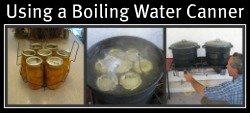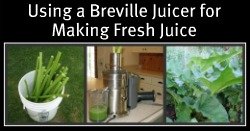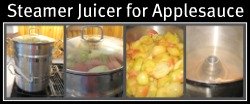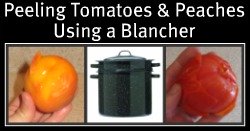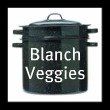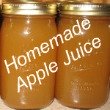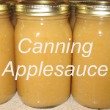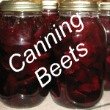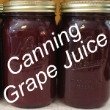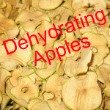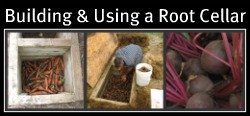Learn how to blanch vegetables and why it's important. A list of
vegetable blanching times is at the bottom of this page.
Why should you blanch vegetables?
- Cleans off surface dirt and microorganisms
- Keeps the color bright
- Helps retain vitamins
- Reduces the action of enzymes which can destroy the fresh flavor after four weeks
- Shrinks the product, making packing easier
Vegetables used for their flavor such as green onions, hot peppers, and herbs do not have to be blanched.
How to blanch vegetables?

- Artichoke (Globe) – 7 minutes
- Artichoke (Jerusalem) – 3 to 5 minutes depending on size
- Asparagus - 1 ½ minutes small spears, 2 minutes medium spears, 3 minutes large spears
- Green Beans – 3 minutes
- Beets – Cook until tented usually about 10-15 minutes
- Broccoli – Medium size sections for 3 minutes, large sections for 4 minutes
- Brussel Sprouts – 3 to 5 minutes depending on the size
- Cabbage – Wedges 3 minutes, shredded 1 ½ minutes
- Carrots – Cut carrots 3 minutes, whole carrots 5 minutes
- Cauliflower – 3 to 4 minutes depending on size
- Corn – Whole kernel 5 to 6 minutes then cut off cob, Freezing corn on the cob 8-10 minutes depending on size
- Eggplant – 4 minutes
- Leafy Greens – 2 minutes
- Okra – 3 to 5 minutes depending on size
- Parsnips & Turnips – 3 minutes
- Peas (shelled or snow/snap peas)– Shell and blanch 2 minutes
- Summer Squash – 3 minutes
I used the Ball Blue Book of Preserving as a resource for this page
Back to Top
Return To:
Freezing Vegetables from How to Blanch Vegetables
Blanching Fruit – Peeling Peaches & Tomatoes
Canning Equipment
How to Freeze Corn
Like this page? Share it. Here's how...
Would you prefer to share this page with others by linking to it?
- Click on the HTML link code below.
- Copy and paste it, adding a note of your own, into your blog, a Web page, forums, a blog comment,
your Facebook account, or anywhere that someone would find this page valuable.
|








